Non-fungible tokens, better known as NFTs, have transformed how people buy, sell, and trade digital assets online. From digital art and music to collectibles and virtual real estate, NFTs have opened a new world of ownership powered by blockchain technology.
To access and interact with these assets, users rely on NFT ($0.00) marketplaces — digital platforms where NFTs are created, listed, bought, and sold. For beginners, understanding how these marketplaces work is essential before jumping into the world of digital collectibles.
This beginner overview explains what an NFT marketplace is, how it works, and what you should know before buying or selling NFTs in 2025.
What Is an NFT Marketplace?
An NFT marketplace is an online platform that allows users to create, buy, sell, and trade non-fungible tokens. These tokens represent ownership of a unique digital item stored on a blockchain.
Each NFT is distinct, meaning it cannot be replaced or exchanged on a one-to-one basis like regular cryptocurrencies such as Bitcoin or Ethereum.
NFT marketplaces function like eBay or Amazon, but focus on digital assets verified on blockchain networks such as Ethereum, Polygon, Solana, or BNB ($1,114.19) Chain.
How an NFT Marketplace Works
At its core, an NFT marketplace connects creators and collectors using blockchain-based smart contracts.
Here’s how the process typically works:
- Connect Your Wallet:
To interact with a marketplace, users need a crypto wallet such as MetaMask, Trust Wallet, or Phantom. The wallet stores your cryptocurrencies and NFTs securely. - Browse or Mint NFTs:
You can either browse existing NFT collections or mint (create) your own by uploading digital art, videos, or collectibles. - Make a Transaction:
When buying or selling, the marketplace uses smart contracts to verify ownership, process payments, and transfer NFTs between wallets. - Pay Gas Fees:
Most transactions require a small fee paid in the network’s native cryptocurrency (for example, ETH ($4,015.36) for Ethereum). - Verify Ownership on Blockchain:
Every transaction is recorded publicly on the blockchain, providing transparent proof of ownership.
This system eliminates intermediaries, making NFT marketplaces transparent and decentralized.
Types of NFT Marketplaces
NFT marketplaces are not all the same. They can differ based on their purpose, supported assets, and blockchain networks. Here are the main types:
1. General NFT Marketplaces
These platforms host a wide variety of NFTs such as art, collectibles, and domains.
Examples: OpenSea, Blur, Magic Eden, LooksRare
- Best for: Beginners and collectors
- Pros: Wide selection of NFTs and easy onboarding
- Cons: High competition and occasional fake listings
2. Art-Focused Marketplaces
These platforms emphasize digital art and curated collections from established and emerging artists.
Examples: SuperRare, Foundation, Nifty Gateway
- Best for: Digital artists and art collectors
- Pros: High-quality, verified art pieces
- Cons: Curation process can be selective
3. Gaming and Virtual Item Marketplaces
NFTs in this category represent in-game assets such as weapons, characters, or land in virtual worlds.
Examples: ImmutableX, Fractal, Myria, and Enjin
- Best for: Gamers and metaverse users
- Pros: Integrated with blockchain games
- Cons: Asset values depend on game popularity
4. Music and Media Marketplaces
These platforms focus on music, videos, and other creative media formats.
Examples: Sound.xyz, Royal.io, Audius
- Best for: Musicians and multimedia creators
- Pros: Direct artist-to-fan connection
- Cons: Market adoption is still developing
5. Blockchain-Specific Marketplaces
Some blockchains have their own dedicated marketplaces.
Examples: Solsea (Solana), Binance NFT (BNB Chain), Objkt (Tezos)
- Best for: Users loyal to specific networks
- Pros: Low fees, native token support
- Cons: Limited cross-chain compatibility
Related article: Best DEX Aggregators for Low Fees in 2025
Popular NFT Marketplaces in 2025
The NFT market continues to evolve, and several platforms stand out for their innovation and reliability.
These platforms combine simplicity, liquidity, and accessibility for users at all experience levels.
How to Buy an NFT: Step-by-Step Guide
Buying an NFT may sound complex at first, but it’s a straightforward process.
Step 1: Set Up a Crypto Wallet
Download a wallet compatible with your preferred marketplace, such as MetaMask for Ethereum-based NFTs or Phantom for Solana.
Step 2: Add Funds
Purchase cryptocurrency from an exchange (like Coinbase or Binance) and transfer it to your wallet. Make sure to have enough for both the NFT and gas fees.
Step 3: Connect Your Wallet to the Marketplace
Visit the marketplace’s official website and click Connect Wallet.
Step 4: Select and Buy the NFT
Browse collections, verify authenticity, and click Buy Now or place a bid.
Step 5: Confirm the Transaction
Approve the purchase in your wallet. Once complete, the NFT appears in your wallet or profile.
How to Sell or Create NFTs
Creating (minting) and selling NFTs has become easier than ever.
- Choose a Marketplace:
Select a platform that supports minting, such as OpenSea, Rarible, or Zora. - Upload Your Digital File:
This can be art, music, GIFs, or other digital content. - Add Details:
Give your NFT a name, description, and properties (like edition numbWhat Is an NFT Marketplaceer or unlockable content). - Set a Price or Auction:
Choose between fixed-price listings or time-based auctions. - Pay Minting Fees:
Some blockchains allow lazy minting, where fees are paid only when the NFT is sold. - Promote Your Collection:
Share your NFT on social media and NFT communities to attract buyers.
Related article: How AI Helps Crypto News Aggregators Filter Noise in 2025
Fees on NFT Marketplaces
NFT marketplaces usually charge two types of fees:
- Transaction (Gas) Fees:
Paid to blockchain validators to confirm transactions. - Marketplace Fees:
A small commission (usually 2–5%) that goes to the platform for each sale.
Some newer platforms also offer zero-fee or reward-based models to attract creators and traders.
Benefits of Using NFT Marketplaces
- Ownership Transparency: Every NFT’s history is public and verifiable on blockchain.
- Global Access: Anyone with an internet connection can participate.
- Creator Royalties: Artists can earn royalties every time their NFT is resold.
- Community Building: NFT holders can form exclusive communities around projects.
NFT marketplaces combine art, technology, and finance to create a new creator economy.
Conclusion
NFT marketplaces are at the heart of the digital asset revolution. They give artists, collectors, and developers the tools to create, trade, and monetize digital ownership.
As we move deeper into 2025, NFT platforms are becoming more efficient, multi-chain, and creator-friendly. Whether you are a newcomer exploring your first NFT or a creator building a digital brand, understanding how NFT marketplaces work is the first step toward joining the Web3 economy.
With the right knowledge, wallet setup, and platform choice, anyone can start participating in this exciting digital frontier.
FAQs
1. What is the purpose of an NFT marketplace?
An NFT marketplace allows users to buy, sell, and mint digital collectibles and art using blockchain technology.
2. Which NFT marketplace is best for beginners?
OpenSea and Magic Eden are great starting points for beginners due to their user-friendly interfaces and wide selection.
3. Do I need cryptocurrency to buy NFTs?
Yes. Most NFT marketplaces require crypto like ETH, SOL ($199.69), or MATIC to complete purchases and pay gas fees.
4. Can I create my own NFT without coding?
Yes. Most marketplaces offer easy tools for uploading digital files and minting NFTs without technical skills.5. Are NFT marketplaces safe to use?
They are generally safe when using verified platforms, but users should always double-check URLs and avoid unofficial links.
The post What Is an NFT Marketplace? Beginner Overview (2025) appeared first on FXcrypto News.









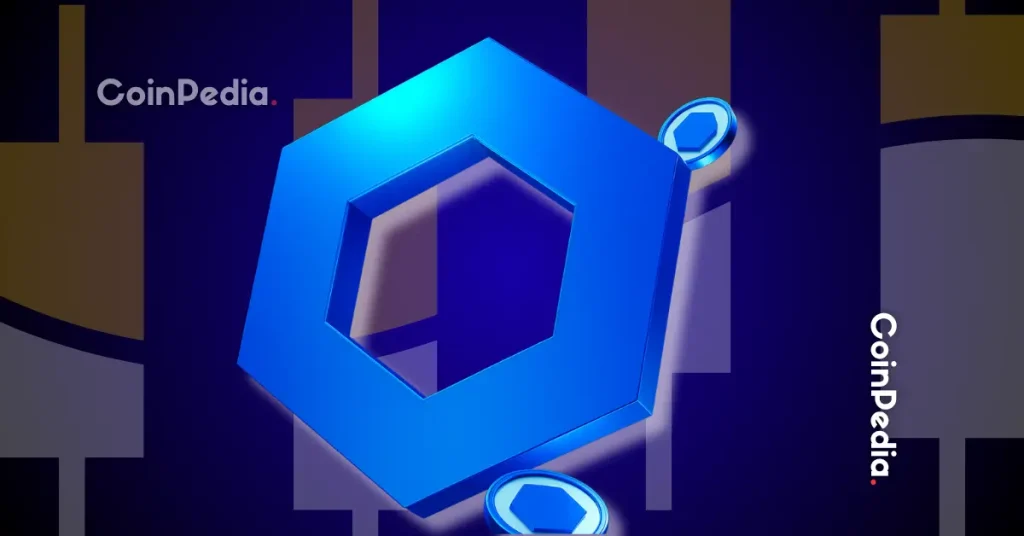
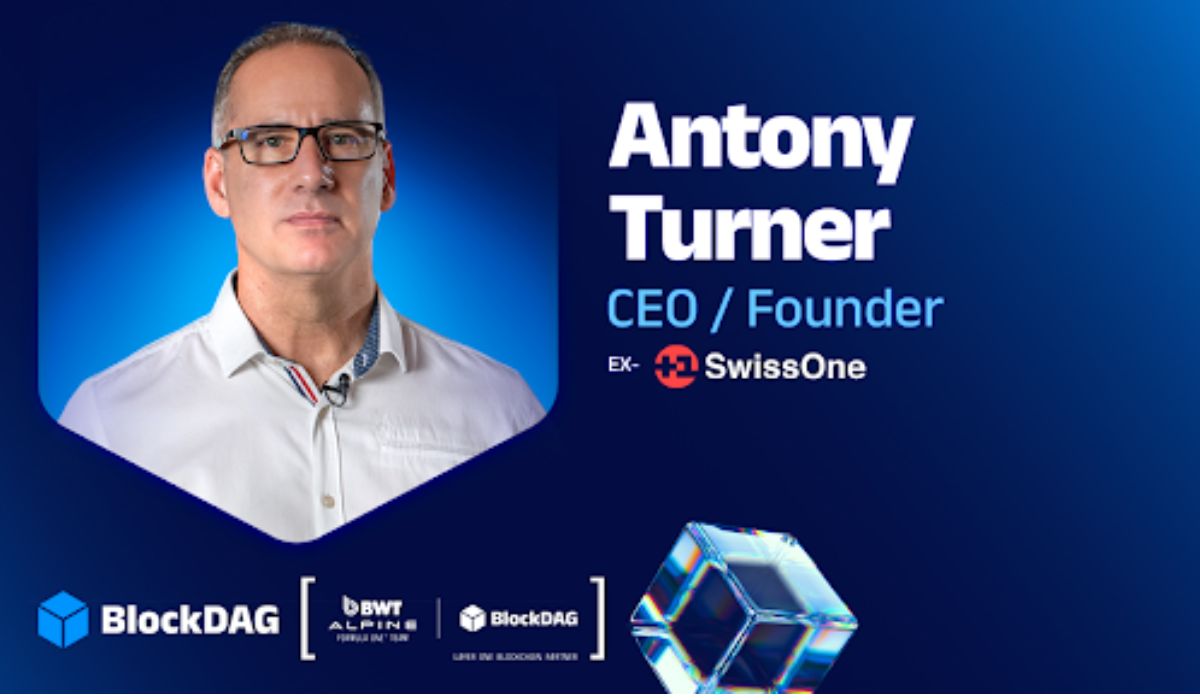




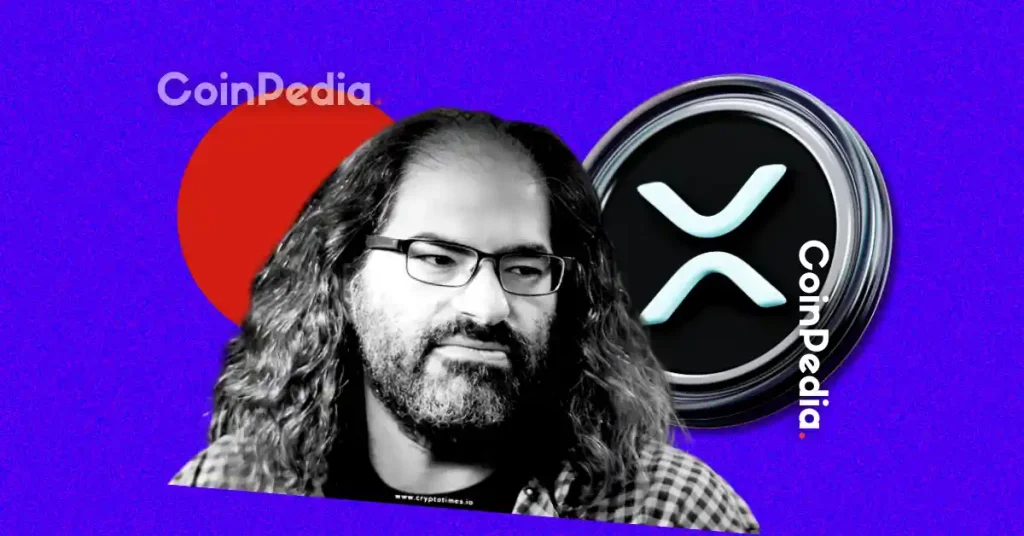


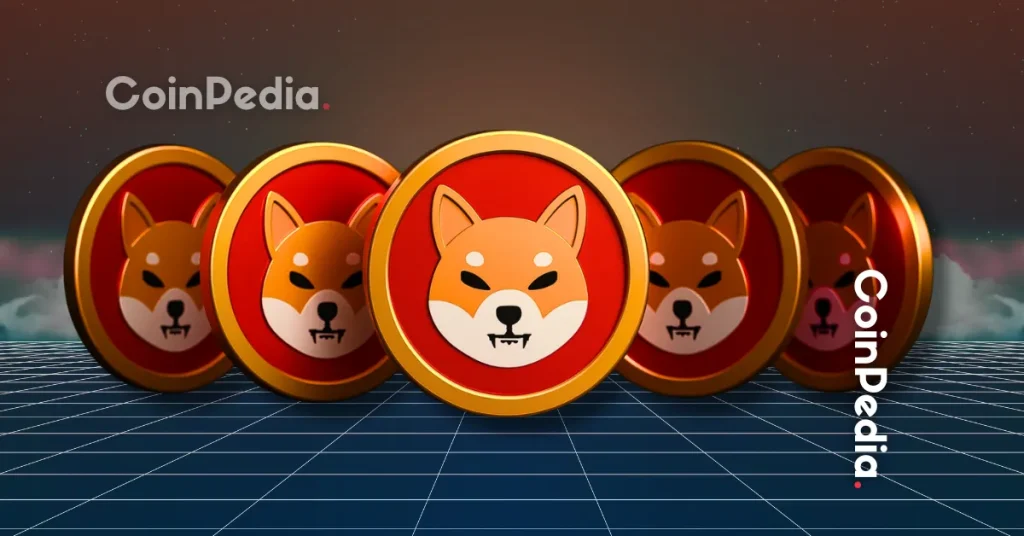
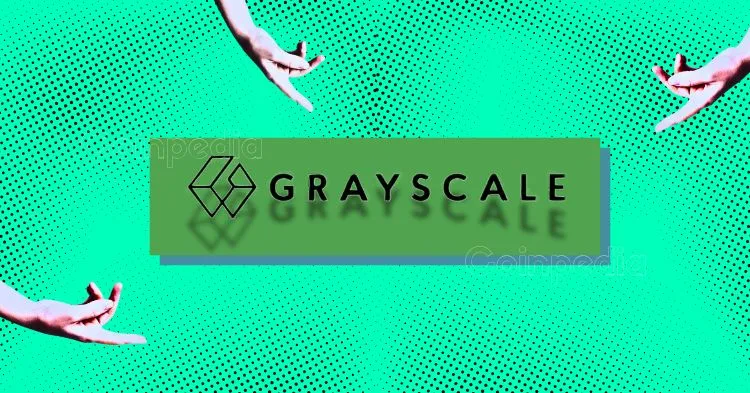
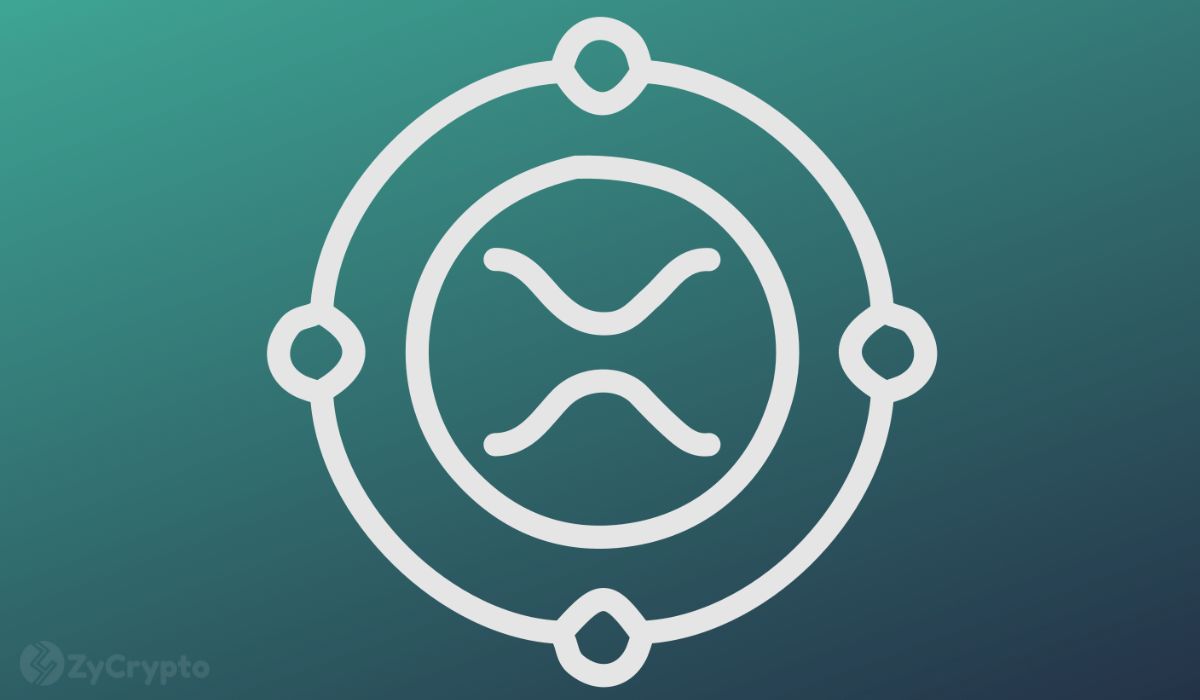

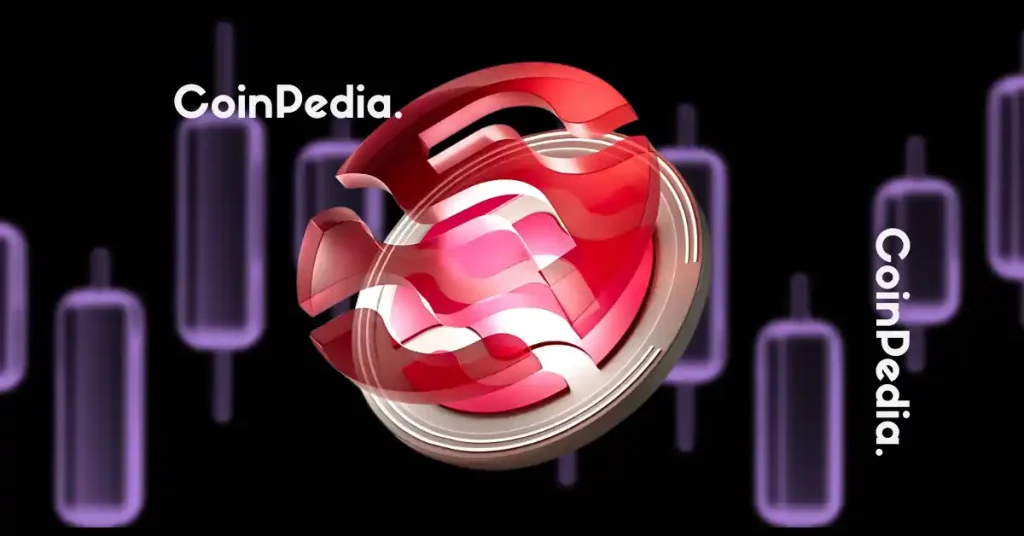

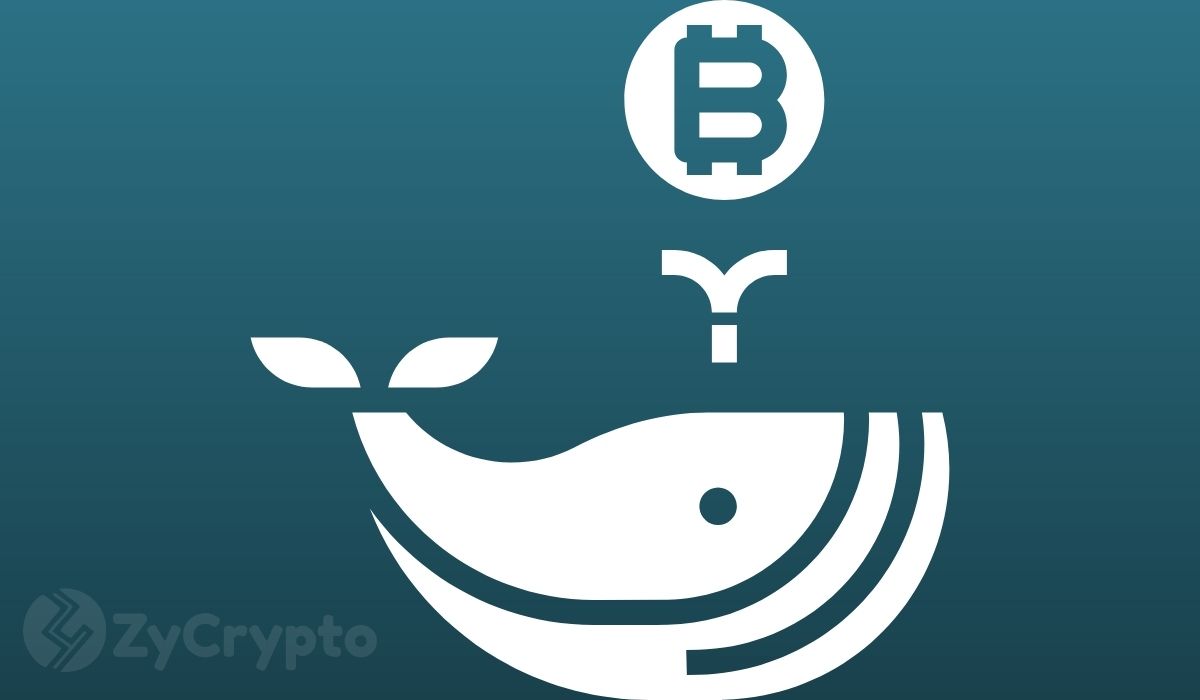
 24h Most Popular
24h Most Popular



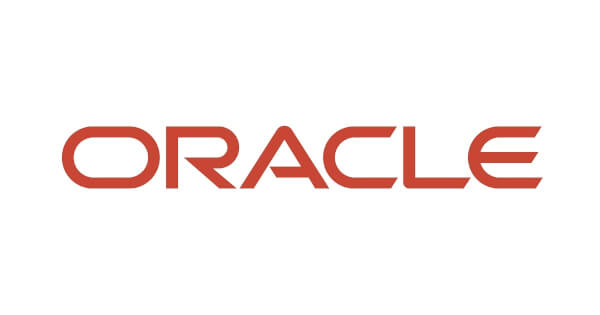
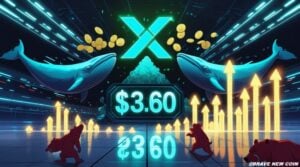
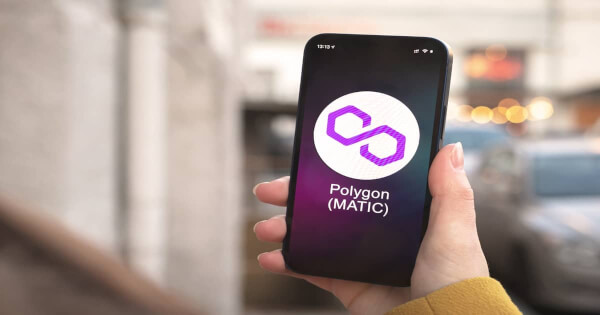


 Utilities
Utilities